Immerse yourself in the enchanting world of wagasa, these traditional Japanese umbrellas which combine both functionality and aesthetics. Wagasa craftsmanship, passed down from generation to generation, embodies the very essence of Japanese elegance. In this article, we'll explore the fascinating history of wagasa, their artisanal manufacturing process, and their place in the culture and art of modern Japan.
The history of wagasa: between tradition and refinement
wagasa, traditional Japanese umbrellas, are steeped in a rich and fascinating history that dates back centuries in Japan's past. Their evolution over time reflects their cultural importance and symbolism in Japanese society.
Originally, during the Heian period (794-1185), wagasa were luxury items reserved for the nobility and aristocrats. Their use was closely linked to religious rituals and imperial court ceremonies, where they were displayed as symbols of high social status. Adorned with elaborate designs and crafted from high-quality materials, such as bamboo and washi paper, wagasa were precious objects that reflected the refinement and sophistication of the Japanese aristocracy.
Over the centuries, wagasa gradually gained popularity and became more popular, becoming common accessories for all Japanese people. Their use expanded beyond aristocratic circles to include the general public, symbolizing everyday elegance and aesthetics.
Today, wagasa continue to perpetuate this age-old tradition, while adapting to the demands of modern life. They are appreciated for their functionality on rainy days, but also as pieces of decorative art, exhibiting traditional motifs and contemporary designs in a subtle balance between tradition and innovation.
In summary, we can easily say that the history of wagasa is a testimony to the fine craftsmanship and Japanese tradition that endures through the ages, reminding current and future generations of the importance of preserve and celebrate this unique cultural heritage.

Artisanal manufacturing: know-how passed down
Wagasa making is a meticulous art that has been passed down from generation to generation within Japanese artisan communities. This traditional know-how, carefully preserved, embodies the very essence of Japanese craftsmanship and testifies to the deep commitment of artisans to preserving this ancient tradition.
The process of making wagasa begins with the careful selection of materials. bamboo, renowned for its flexibility and strength, is used to create the lightweight but sturdy structure of umbrellas. Experienced artisans skillfully cut and shape the bamboo to form the elegant structure of the umbrella, ensuring that each piece fits perfectly.
Once the bamboo structure is completed, the washi paper is used to make the umbrella canvas. This traditional paper, made from mulberry fibers, is renowned for its durability and water resistance. The sheets of washi paper are delicately glued together to form a lightweight, waterproof canvas, ready to be stretched over the bamboo structure.
The next phase of the process involves the careful assembly of the canvas onto the bamboo structure. Artisans use traditional folding and sewing techniques to secure the canvas in place, ensuring that it is perfectly taut and free of wrinkles. Each step of assembly is carried out by hand with meticulous precision, guaranteeing the quality and durability of the final product.
Finally, wagasa are often decorated with traditional motifs, painted by hand or printed on the canvas. These patterns, often inspired by nature, the seasons or traditional Japanese motifs such as cherry blossoms, koi carps or even the famous Kanagawa Wave, add a touch of aesthetics and sophistication to each umbrella.
In short, artisanal wagasa making is much more than just a production process; it is a precious cultural heritage that embodies traditional Japanese craftsmanship in all its glory. Each wagasa, created with care and dedication by skilled artisans, is a unique work of art that demonstrates the timeless beauty and elegance of Japanese umbrellas.

Elegance and aesthetics: a timeless art
wagasa, with their refined aesthetic and timeless elegance, are much more than just umbrellas; they are true works of art that captivate the imagination and evoke a feeling of ethereal beauty.
The aesthetic of wagasa lies in their clean simplicity and subtle sophistication. Each umbrella is designed with meticulous attention to detail, from traditional hand-painted designs to delicate edge finishes. Japanese artisans have mastered the art of balance, creating designs that are both subtle and striking, evocative of the tranquility and harmony of nature.
The patterns used to decorate wagasa are often inspired by rich Japanese iconography, drawing on traditional symbols such as flowers, birds, landscapes and the seasons as we discussed in the previous paragraph. Each pattern tells a story, reflecting the cycles of nature and Japanese cultural values such as the fleeting beauty of cherry blossoms or the quiet force of ocean waves.
The elegance of wagasa also lies in their functionality. Designed to protect against rain and sun, these umbrellas (also called Japanese parasol)combine form and function harmoniously and can be used both in winter and in summer. Their generous dimensions provide effective protection against bad weather while allowing comfortable freedom of movement, making them practical and elegant companions for any occasion.
The place of wagasa in modern Japanese culture
Despite developments in modern society, wagasa continue to play a significant role in Japanese culture today. Although modern umbrellas have become common, wagasa retain a special place in traditional Japanese ceremonies, festivals and rituals.
During celebrations such as weddings, seasonal festivals or religious ceremonies, wagasa are often used as symbolic accessories, adding a touch of elegance and tradition to these special events. Their presence serves as a reminder of the deep connections between the past and present, and their use continues to perpetuate the traditions and values that are dear to Japanese culture.
Outside of special occasions, wagasa are also valued as traditional decorative elements, finding their place in modern interiors and art collections across Japan and the whole world. Their timeless aesthetic and subtle elegance make them coveted pieces by collectors and art lovers around the world.

In conclusion, we can say that wagasa are much more than just umbrellas or parasols; they are the guardians of an age-old tradition but also of Japanese elegance. Their handcrafted craftsmanship and exquisite designs are a testament to the talent and dedication of Japanese artisans to preserving this precious heritage. Whether as protection from the rain or as a symbol of grace and beauty, wagasa continues to fascinate and inspire, embodying the very essence of Japanese craftsmanship and timeless elegance.






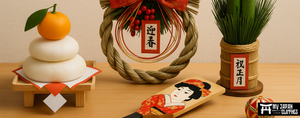
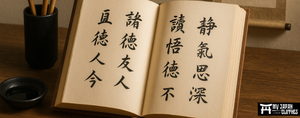

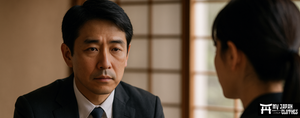

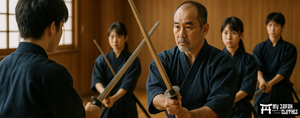


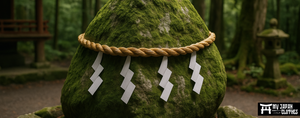


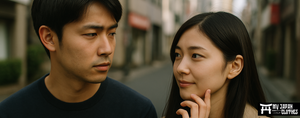
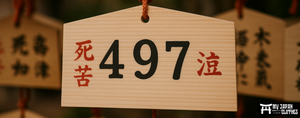
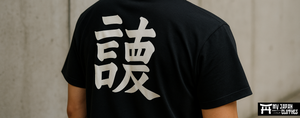
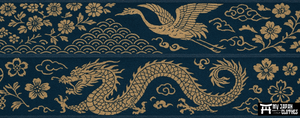





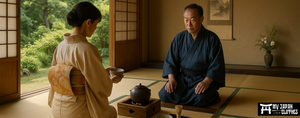
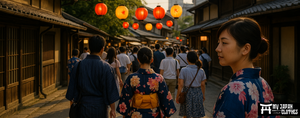
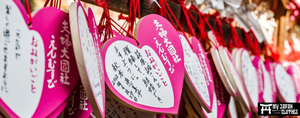



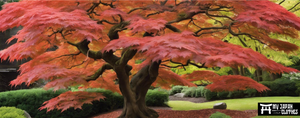

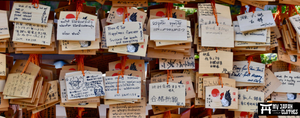

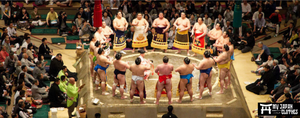















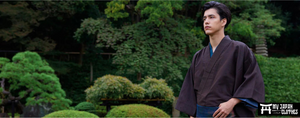
Leave a comment